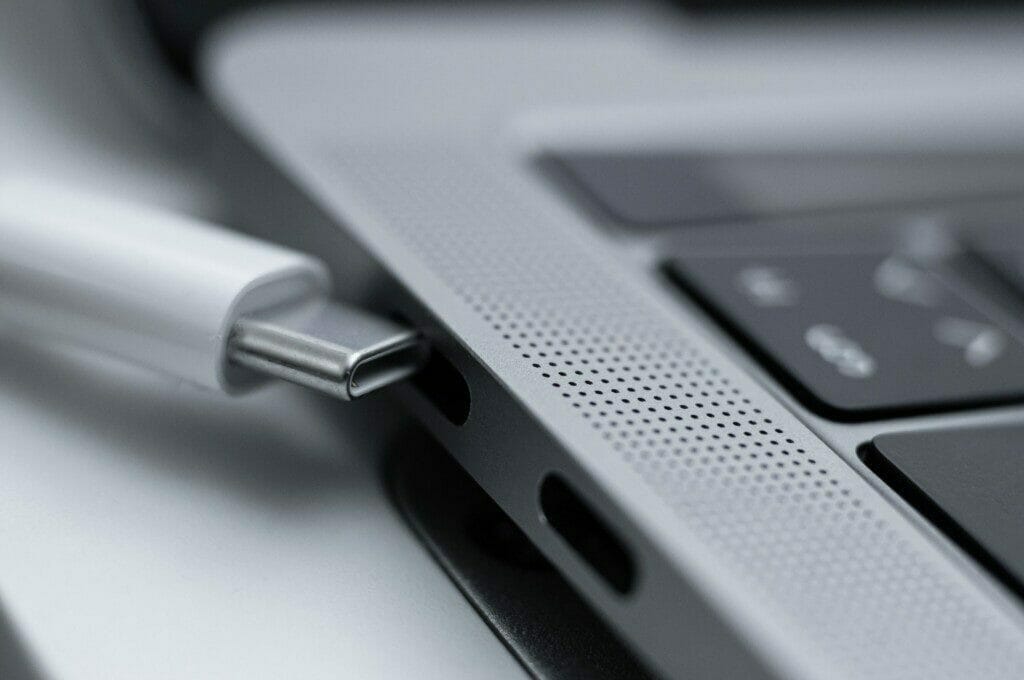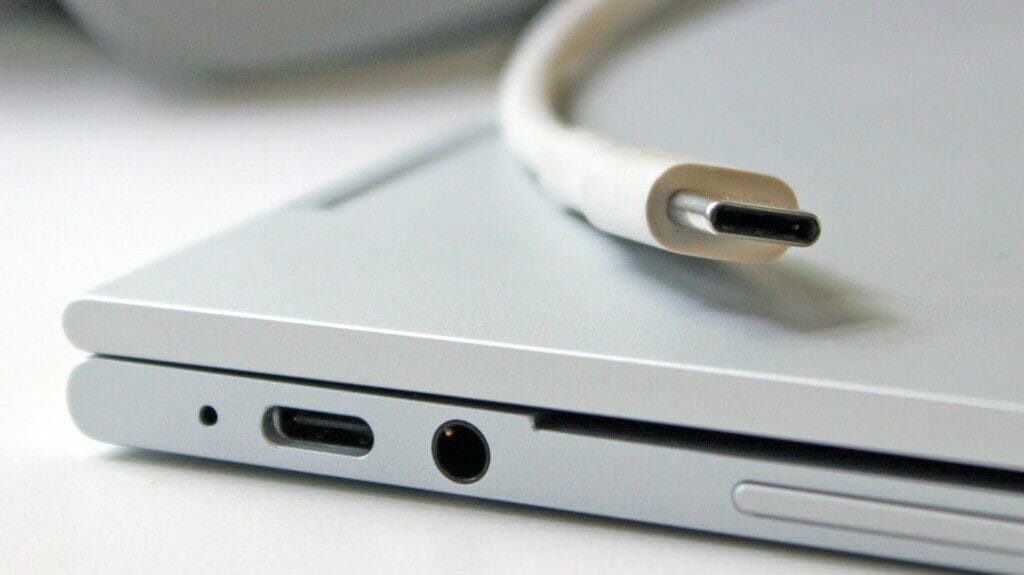What Is Smart Charging on Windows 10 and Windows 11?
The Feature Keeping your laptop from 100%

Today's Best Deals
Smart Charging is a feature available in both Windows 10 and Windows 11 operating systems that aims to optimize the battery charging behavior of laptops and other portable devices. The feature intelligently manages the charging process to extend battery life and improve overall battery health. In this article, we will explore the concept of Smart Charging in detail, including its benefits, how it works, and how to enable or disable it on Windows 10 and Windows 11.
Battery life is a crucial aspect of portable devices, as it directly affects their usability and productivity. Over time, as batteries undergo numerous charge-discharge cycles, their capacity gradually decreases. Traditional charging methods often keep the battery at a constant charge level, which can lead to degradation over time. Smart Charging, on the other hand, employs a more adaptive and intelligent approach to maximize battery lifespan.
What is Smart Charging on Windows?

The primary goal of Smart Charging is to reduce stress on the battery by preventing it from constantly being charged to its maximum capacity. It achieves this by dynamically adjusting the charging behavior based on usage patterns and user preferences. By avoiding overcharging, Smart Charging helps mitigate the wear and tear that batteries experience, ultimately prolonging their lifespan.
One of the key aspects of Smart Charging is its ability to limit the charging level to around 50-80% of the battery’s maximum capacity. This charging range is considered optimal for battery health, as it reduces strain on the cells and lowers the risk of chemical degradation. By avoiding full charge cycles, which can accelerate battery aging, Smart Charging helps maintain a higher capacity for a longer period.
Should You Use Smart Charging?

The intelligent nature of Smart Charging is demonstrated through its adaptive algorithms. These algorithms learn from user behavior, device usage patterns, and power supply availability to determine the most appropriate charging strategy.
For example, if the system notices that a user frequently connects the laptop to a power source and keeps it plugged in for extended periods, it might limit the charging level to avoid constant full charges. Similarly, it can adjust the charging behavior based on the user’s typical work hours or charging routines.
Another crucial aspect of Smart Charging is its ability to handle power fluctuations. In situations where the power supply is unstable or intermittent, the feature can dynamically adjust the charging behavior to ensure the battery remains within the optimal range. This capability helps protect the battery from potential damage caused by sudden power surges or fluctuations.
How Do You Enable or Disable Smart Charging?
Enabling or disabling Smart Charging is relatively straightforward on both Windows 10 and Windows 11. To access the Smart Charging settings, users can navigate to the Power Options section in the Control Panel or the Settings app.
Within the power settings, there should be an option related to battery or power management, where the Smart Charging feature can be found. Users can enable or disable the feature based on their preferences or specific requirements.
Does Smart Charging Impact Battery Life?
While Smart Charging provides significant benefits in terms of battery health and lifespan, it’s important to note that it might result in a trade-off with immediate battery runtime. By limiting the charge level, the device’s available battery capacity may be reduced.
However, this trade-off is intentional, as it focuses on long-term battery health rather than maximizing immediate battery runtime. Users should weigh the benefits of extended battery life against the potential reduction in immediate runtime when deciding whether to enable Smart Charging.
Final Thoughts
Smart Charging is a valuable feature available in Windows 10 and Windows 11 PCs that optimizes battery charging behavior to enhance battery health and lifespan. By avoiding full charge cycles and adjusting the charging level based on usage patterns and power supply availability, Smart Charging reduces stress on the battery and mitigates degradation.
While it may impact immediate battery runtime, the long-term benefits make it a worthwhile option for users looking to maximize the longevity of their device’s battery.
Editors' Choice



